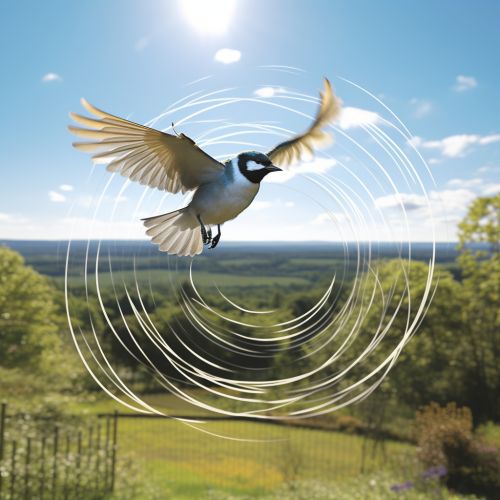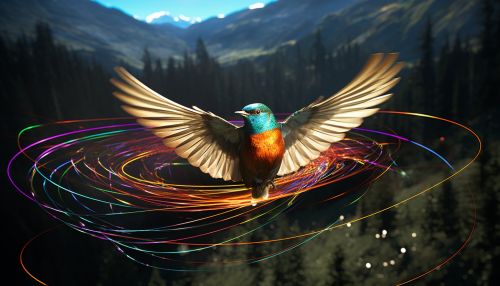Magnetoreception
Introduction
Magnetoreception is a sense that allows an organism to detect, orient to, and navigate using magnetic fields. This biological phenomenon has been observed in a variety of organisms, including birds, insects, mammals, and even some types of bacteria. The exact mechanisms by which organisms perceive and interpret magnetic fields are still under investigation, but several theories have been proposed, including the radical pair mechanism and the magnetite-based mechanism.


Biological Magnetoreception
Biological magnetoreception refers to the ability of living organisms to detect and respond to magnetic fields. This ability is thought to be used primarily for navigation purposes, particularly in migratory species such as birds and sea turtles. However, it may also play a role in other behaviors, such as spatial orientation and homing in rodents and insects.
Birds
Birds, particularly migratory species, are perhaps the most well-known possessors of magnetoreception. Many species of birds are known to use the Earth's magnetic field to navigate during their long-distance migrations. The exact mechanism by which birds perceive magnetic fields is still a topic of ongoing research, but it is believed to involve a form of quantum biology known as the radical pair mechanism.
Mammals
Magnetoreception is not limited to birds. Some mammals, including bats and rodents, have been shown to possess a sense of magnetoreception. In these species, magnetoreception appears to play a role in spatial orientation and homing behaviors. The mechanism by which mammals perceive magnetic fields is still not fully understood, but it is thought to involve the presence of magnetite, a naturally occurring magnetic mineral, in the brain.
Insects
Insects are another group of organisms that have been shown to possess magnetoreception. In particular, bees and ants have been shown to use the Earth's magnetic field for navigation and orientation. The mechanism by which insects perceive magnetic fields is still under investigation, but it is thought to involve the presence of magnetite in the body.
Bacteria
Even some types of bacteria have been shown to possess magnetoreception. These bacteria, known as magnetotactic bacteria, contain magnetite particles that align with the Earth's magnetic field, allowing them to orient themselves and navigate through their environment. This form of magnetoreception is thought to be the most primitive and is believed to have evolved over two billion years ago.
Mechanisms of Magnetoreception
The mechanisms by which organisms perceive and interpret magnetic fields are still under investigation. However, two main theories have been proposed: the radical pair mechanism and the magnetite-based mechanism.
Radical Pair Mechanism
The radical pair mechanism is a theory that suggests that magnetoreception involves a form of quantum biology. According to this theory, when a photon of light hits a molecule in the eye, it can create a pair of radicals, which are molecules with an unpaired electron. These radicals can exist in a state of quantum entanglement, where their spins are linked. The Earth's magnetic field can affect the spins of these entangled radicals, and this change can be detected by the organism, providing a sense of direction.
Magnetite-based Mechanism
The magnetite-based mechanism suggests that magnetoreception involves the presence of the magnetic mineral magnetite in the body. According to this theory, magnetite particles in the body can align with the Earth's magnetic field, creating a physical change that can be detected by the organism. This mechanism is thought to be responsible for magnetoreception in some types of bacteria, insects, and mammals.
Implications and Applications
The study of magnetoreception has a wide range of implications and potential applications. For example, understanding how organisms navigate using magnetic fields could lead to the development of new navigation technologies. Additionally, the study of magnetoreception could provide insights into the fundamental principles of quantum biology, potentially leading to new advances in quantum computing and other quantum technologies.
